In Civilization VI, players are invited to build empires from ancient times to the modern age. While many civilizations make an appearance, China stands out with its deep historical roots, brilliant leaders, and iconic wonders. The game doesn’t just borrow Chinese history—it lovingly crafts a playable version of it. And lucky for us, many of these Civilization VI Chinese wonders and leaders are rooted in real places you can actually visit.
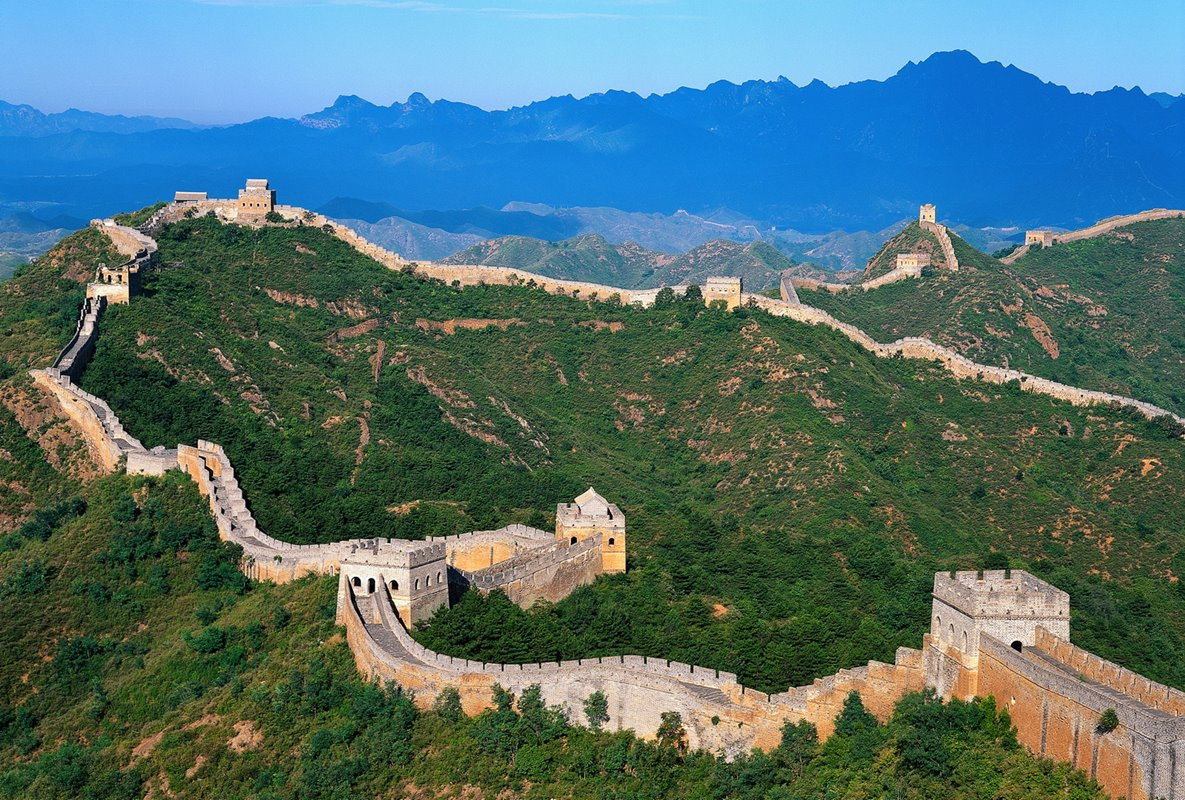
This is a journey that steps out of the hexagon map and into real-world China—where Qin Shi Huang’s Terracotta Army, the Great Wall, and Confucian temples aren’t just strategic advantages, but living heritage sites. Whether you’re a curious gamer or a culture-seeking traveler, here’s how Civilization VI draws from China—and how you can explore these landmarks beyond your screen.
China in Civilization VI: History in Every Turn
In Civilization VI, China is led by Qin Shi Huang, the very first emperor to unify the country. Known for grand construction projects, Qin is a perfect fit for the game’s wonder-building mechanics. In the game, China’s bonuses encourage early-game wonder construction and support dynastic expansion—a reflection of Qin’s ambition to shape the future, literally brick by brick.
From scientific breakthroughs like printing to cultural philosophies like Confucianism, China’s in-game features mirror its long-standing contributions to global civilization.
Terracotta Army – Xi’an, Shaanxi Province
One of the most memorable wonders in Civilization VI is the Terracotta Army, which, when built, grants combat experience to all military units and reveals enemy units hidden in the fog of war.
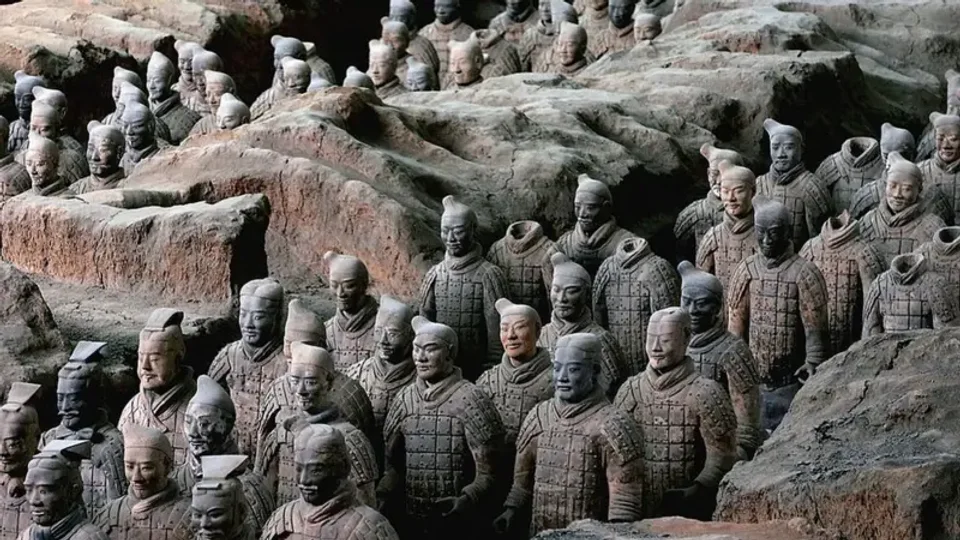
In real life, this is a UNESCO World Heritage Site found just outside Xi’an, China’s ancient capital. Discovered in 1974, over 8,000 life-sized terracotta soldiers now stand frozen in formation, guarding the tomb of Emperor Qin Shi Huang. No two faces are the same—a silent testament to the craftsmanship and grandeur of the Qin dynasty.
Visiting this site, you walk past rows of ancient warriors, horses, and chariots, built over 2,000 years ago. The museum includes reconstructed pits and digital displays, offering an eerie and majestic sense of history.
The Great Wall – Spanning Northern China
China’s Great Wall appears as a unique tile improvement in Civilization VI, increasing defense and culture. It’s also one of the most symbolic structures in the entire game.
In reality, the Great Wall stretches over 21,000 kilometers, from the beaches of Shanhaiguan to the deserts of Jiayuguan. While often simplified as a single wall, it’s actually a series of fortifications built across dynasties—especially prominent during the Ming dynasty.
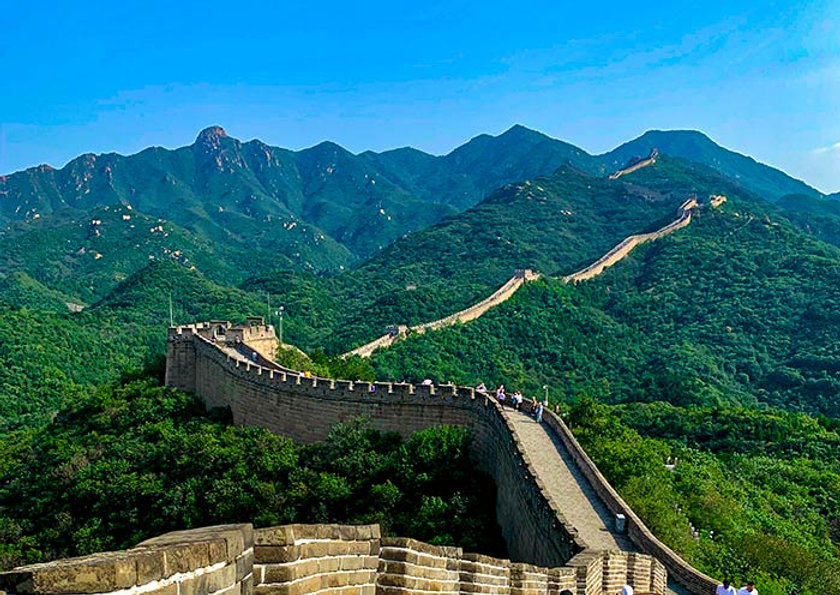
Popular tourist sections include:
- Mutianyu and Badaling (near Beijing): easy to access, well preserved, and ideal for first-time visitors.
- Jinshanling: more rugged and photogenic, perfect for photographers or hiking enthusiasts.
Travelers often remark on how the wall flows over the mountains like a stone ribbon—dizzying, beautiful, and humbling.
Confucianism – Qufu, Shandong Province
In Civilization VI, players can choose Confucianism as a religion, gaining social and governmental bonuses. But Confucianism isn’t just a game mechanic—it’s one of the core philosophies that shaped Chinese governance, education, and values.
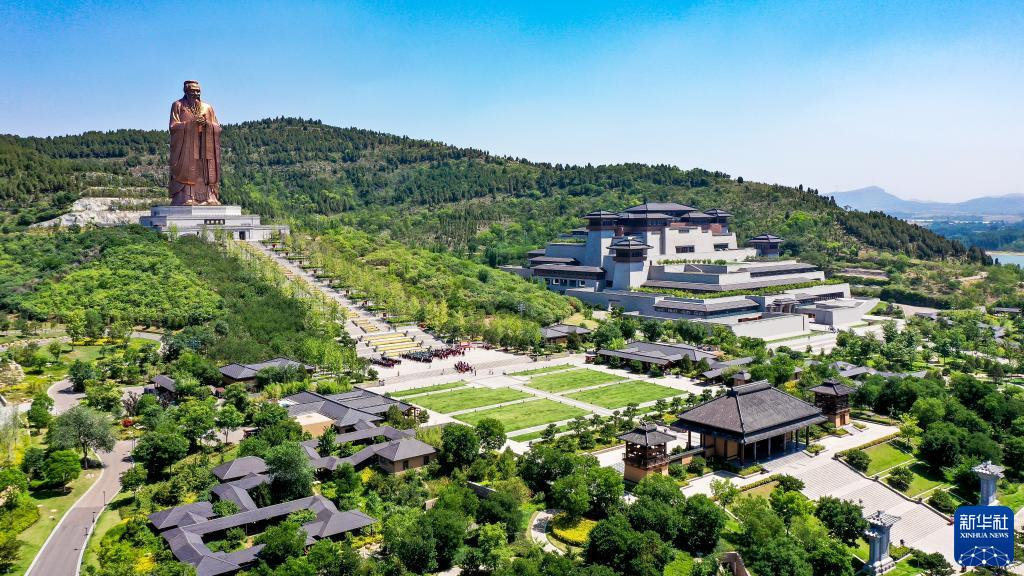
The city of Qufu is the birthplace of Confucius, and it houses the Confucius Temple, Confucius Mansion, and Confucius Cemetery. These are peaceful sites filled with tall cypress trees, stone gates, and ancient scripts carved into rock. The ambiance encourages slow walking, quiet thought, and appreciation for the traditions that influenced East Asian civilizations for over two millennia.
Printing and Paper Inventions – Beijing and Hangzhou
In the tech tree of Civilization VI, China is often associated with early technological innovations, especially printing and paper-making. These two technologies are milestones not only in the game but in real world history.
To explore this legacy:
- Visit the China Printing Museum in Beijing, where you can see ancient woodblock printing techniques.
- In Hangzhou, the China Papermaking Museum shows how early Chinese artisans turned plant fibers into books, scrolls, and art.
These technologies helped preserve everything from philosophy to governance—helping civilizations rise long before the printing press arrived in Europe.
Mount Tai – Sacred Peak of Imperial Rituals
Though not a buildable wonder in Civilization VI, Mount Tai represents an essential aspect of imperial culture and spirituality. For over 3,000 years, emperors ascended its peak to offer sacrifices to heaven and earth. It’s closely associated with both Taoism and Confucianism.
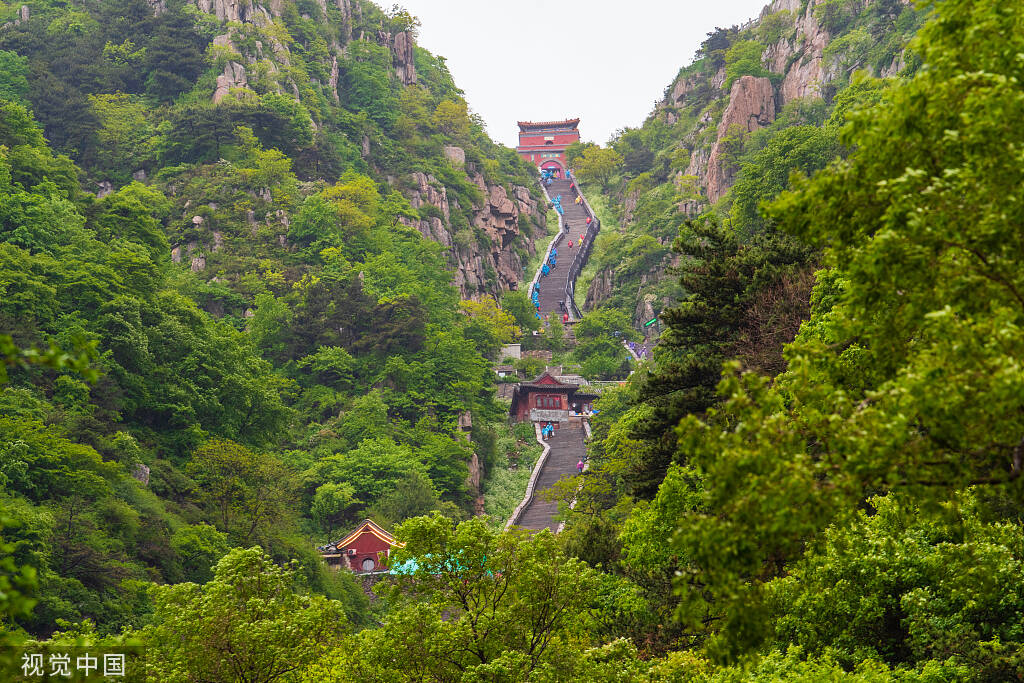
Located in Shandong Province, Mount Tai is a UNESCO World Heritage Site and includes hundreds of temples, inscriptions, and ancient stone steps. It symbolizes unity between humans and the cosmos—a fitting backdrop for any Civilization campaign.
Forbidden City – Beijing
The Forbidden City appears in Civilization VI as a World Wonder that gives players an extra wildcard policy slot. In reality, it’s one of the most intact imperial palace complexes in the world.
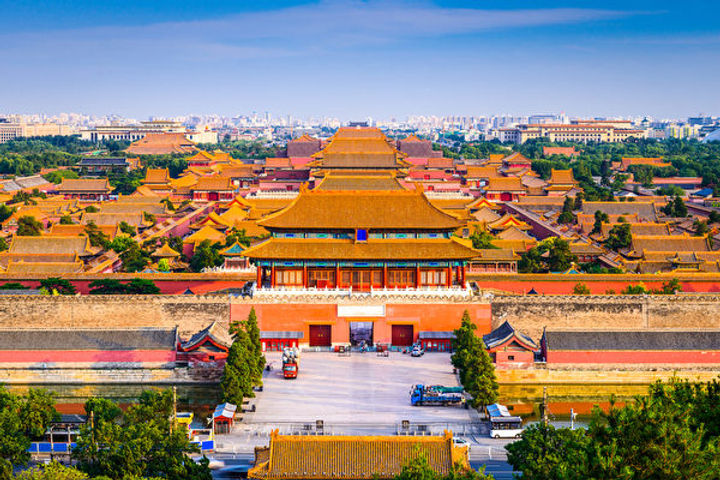
Built during the Ming Dynasty, the Forbidden City served as the seat of Chinese emperors for over 500 years. With its vermilion walls, golden roofs, and precisely aligned courtyards, it’s an architectural wonder and a powerful symbol of centralized imperial rule.
Visiting the site today, you’ll pass through towering gates, peaceful gardens, and history-laden halls that stretch across nearly 1,000 buildings.
Why Gamers Should Travel to Civilization VI’s China
Exploring China’s real-life Civilization VI locations offers more than beautiful scenery—it’s an immersive lesson in history, engineering, and thought. Whether you’re fascinated by China’s ancient wonders, curious about early science and religion, or simply want to follow Qin Shi Huang’s footprints, traveling these sites helps ground the strategy game in reality.
And as you stand beneath the shadow of the Great Wall, or look into the silent eyes of a terracotta warrior, the decisions you once made on a glowing screen begin to feel—just a little—more tangible.
Contact us today to craft your dream China adventure!

